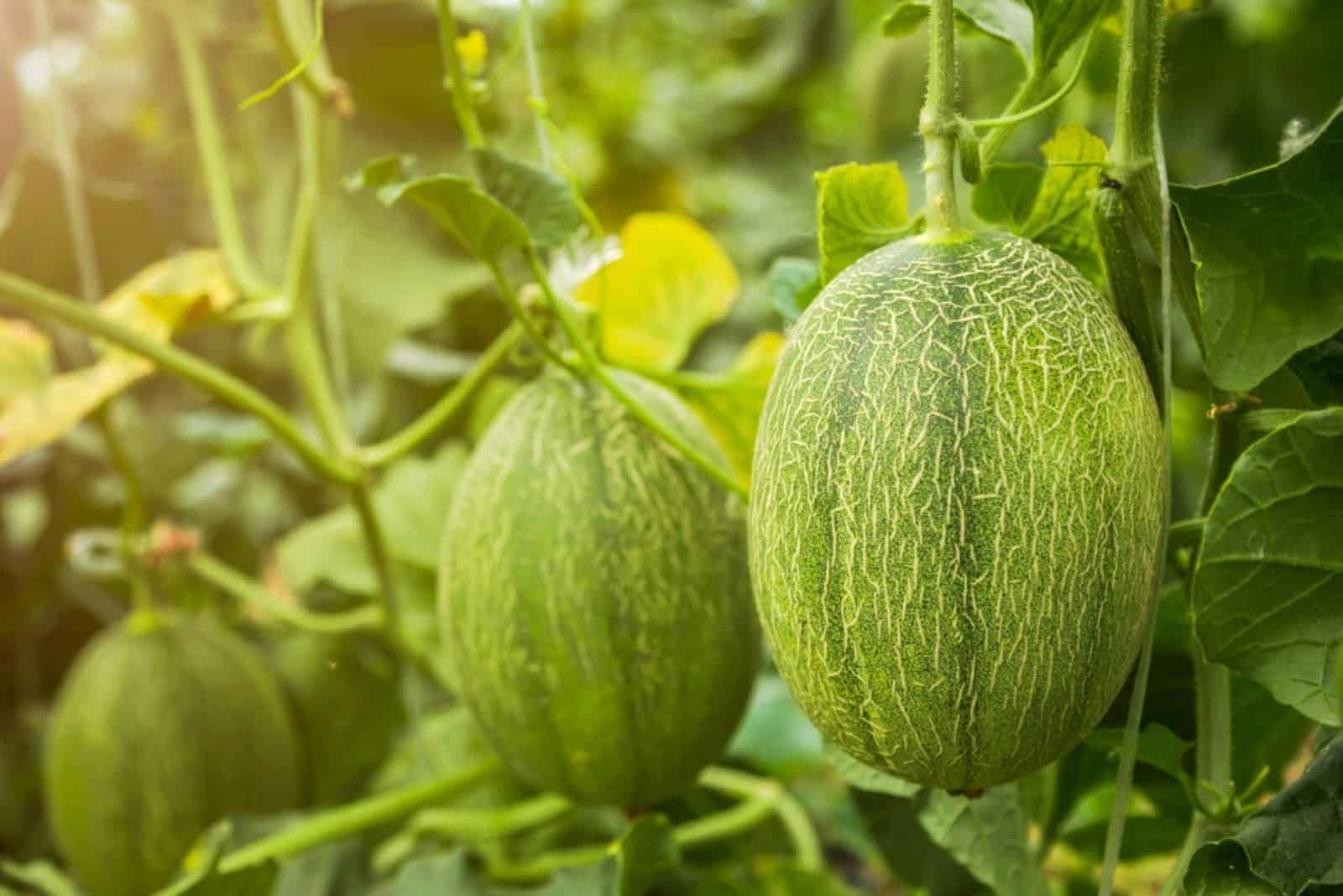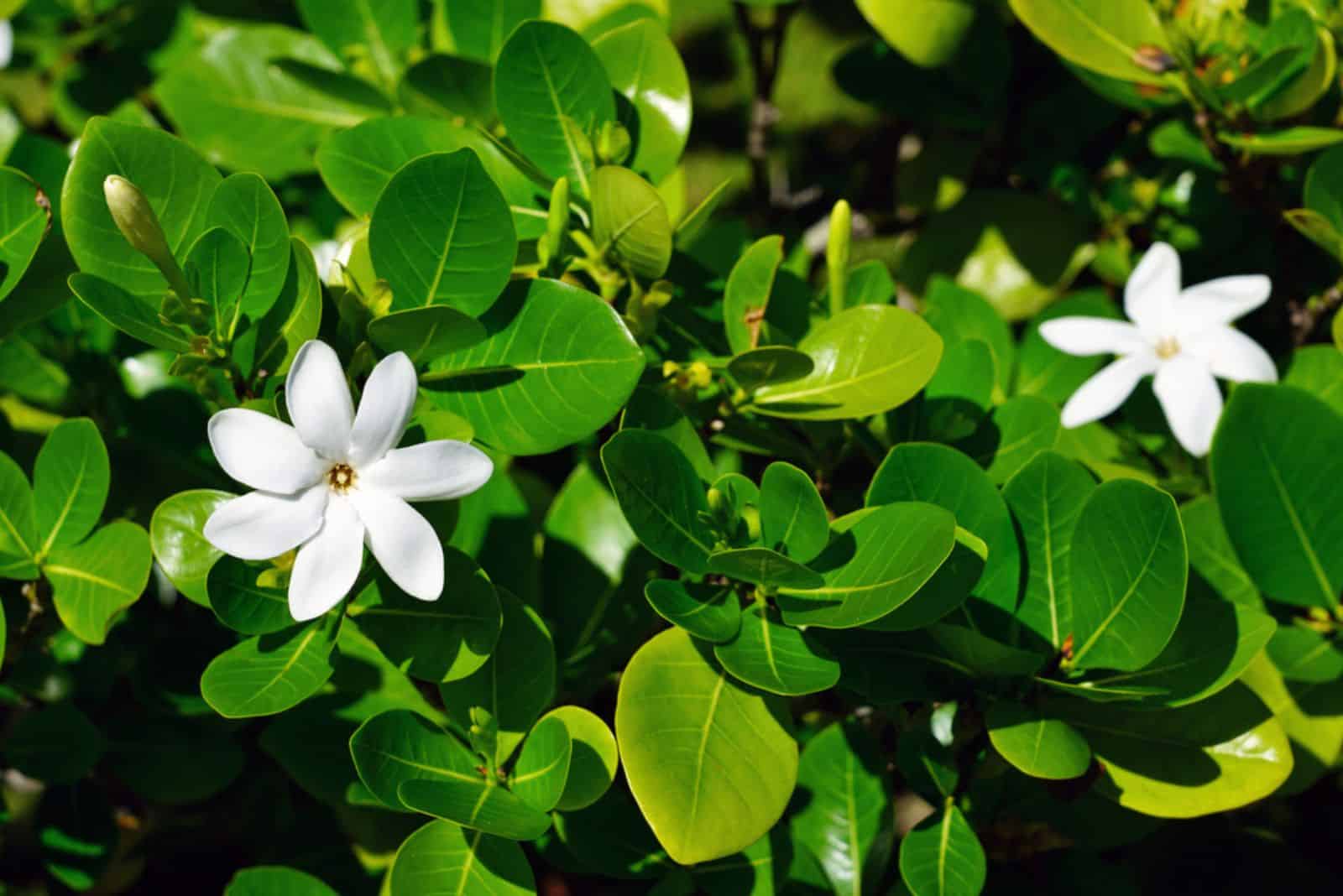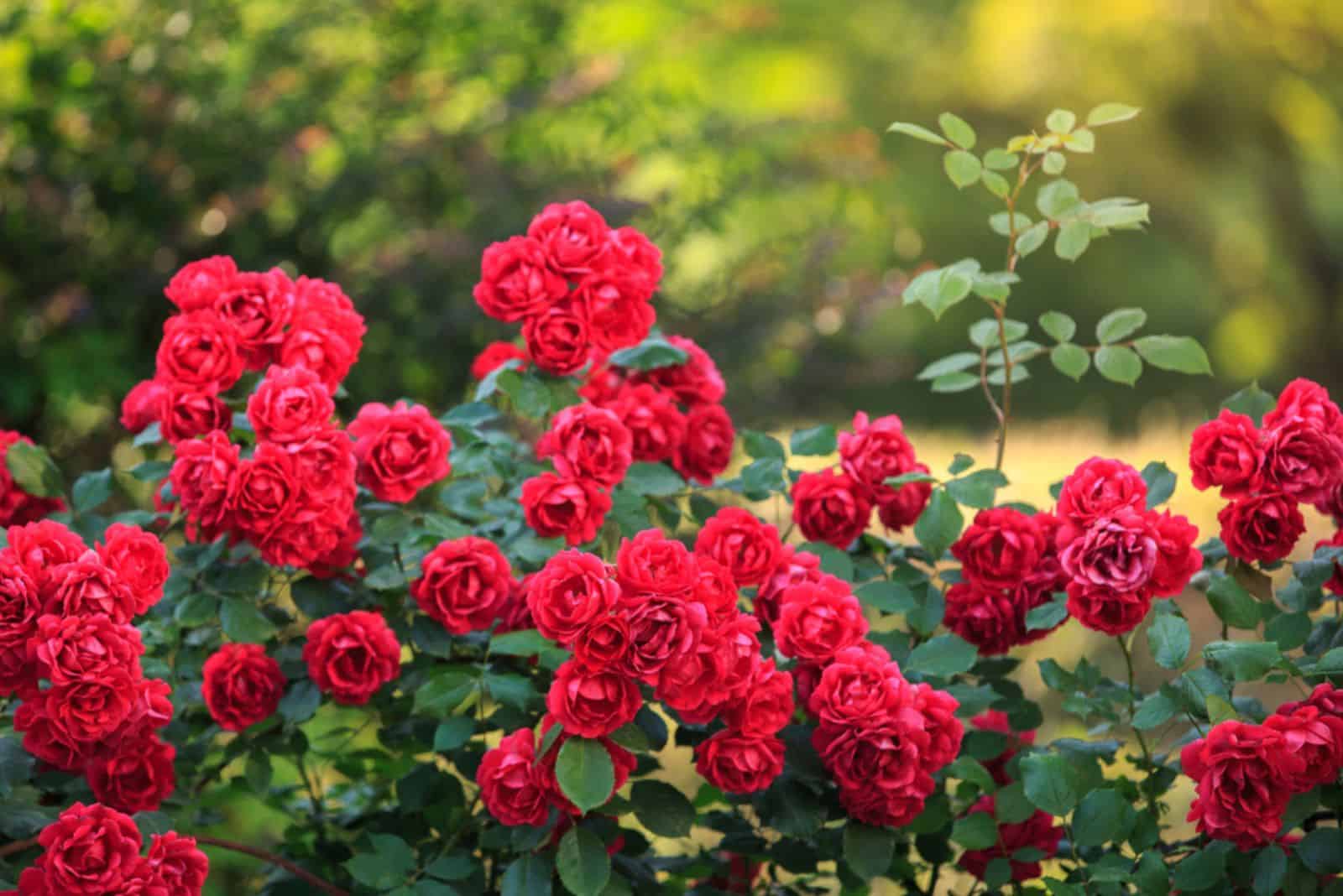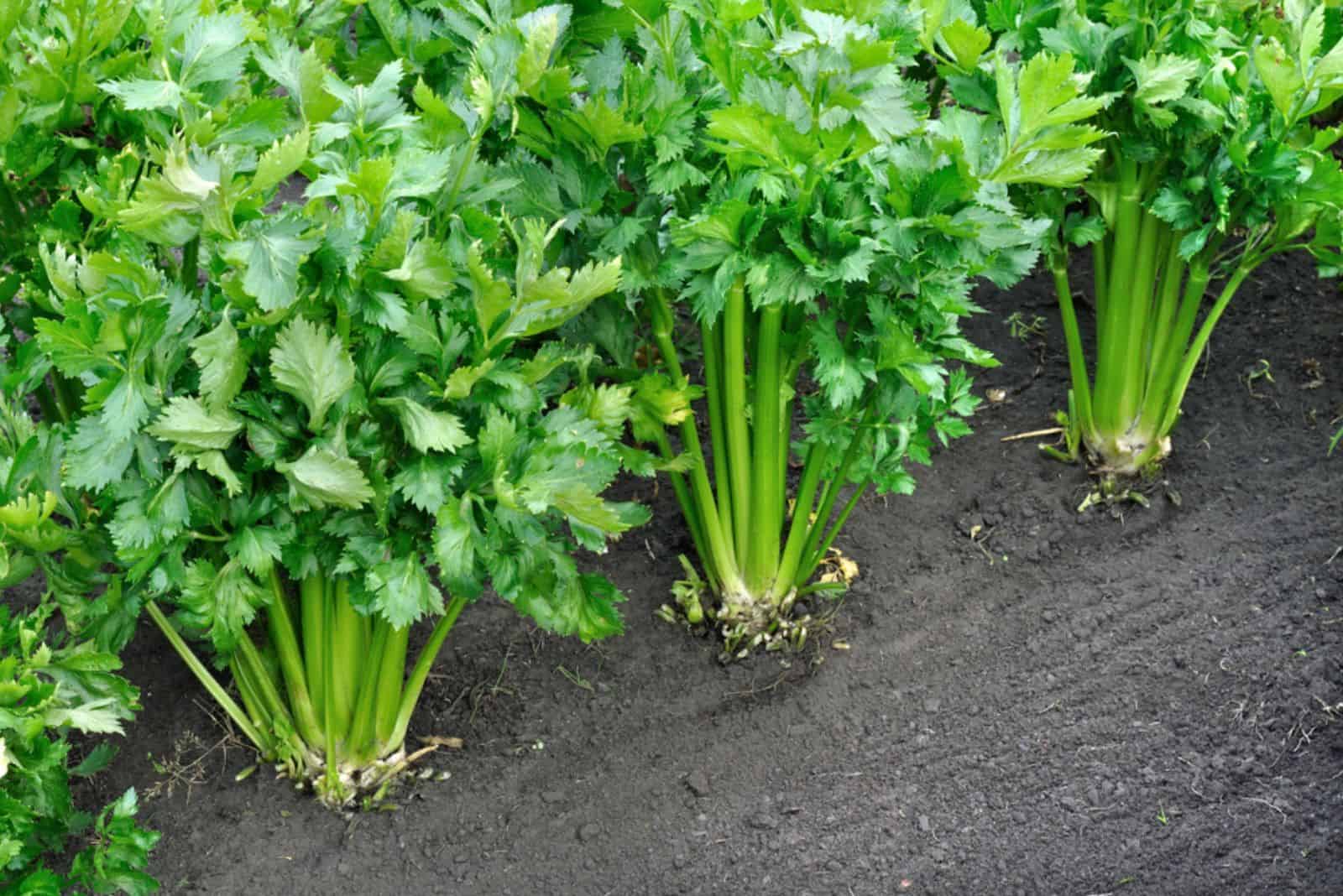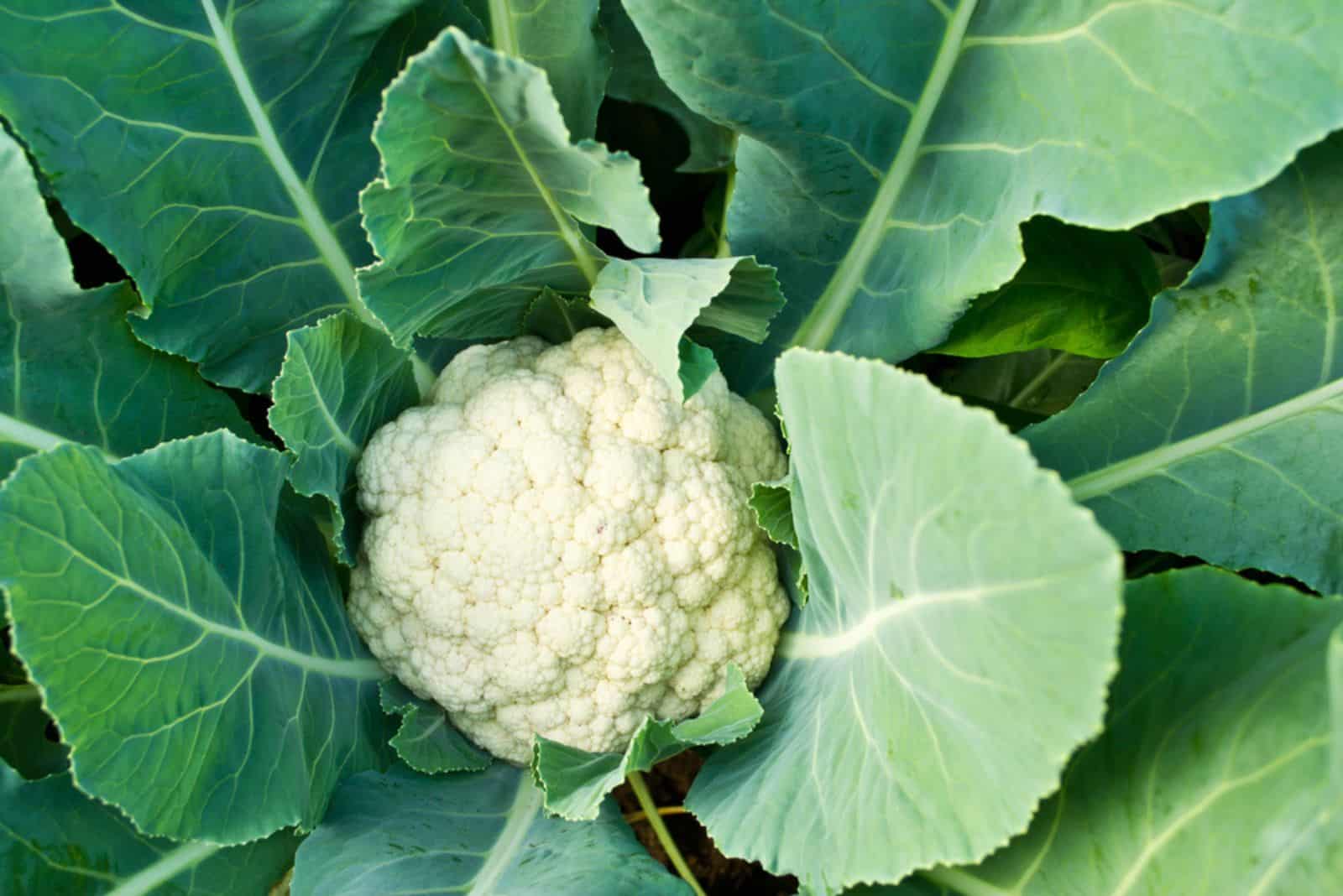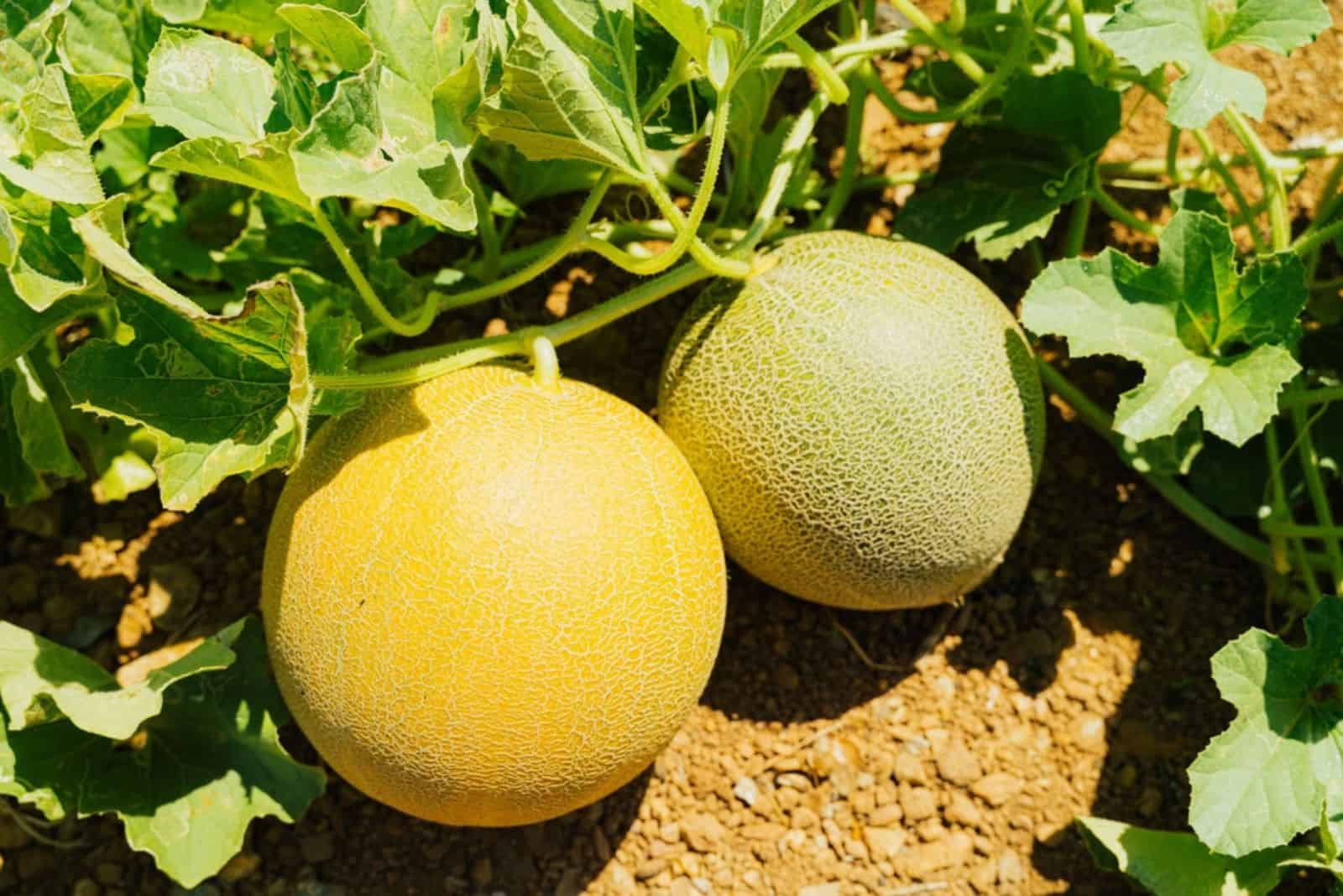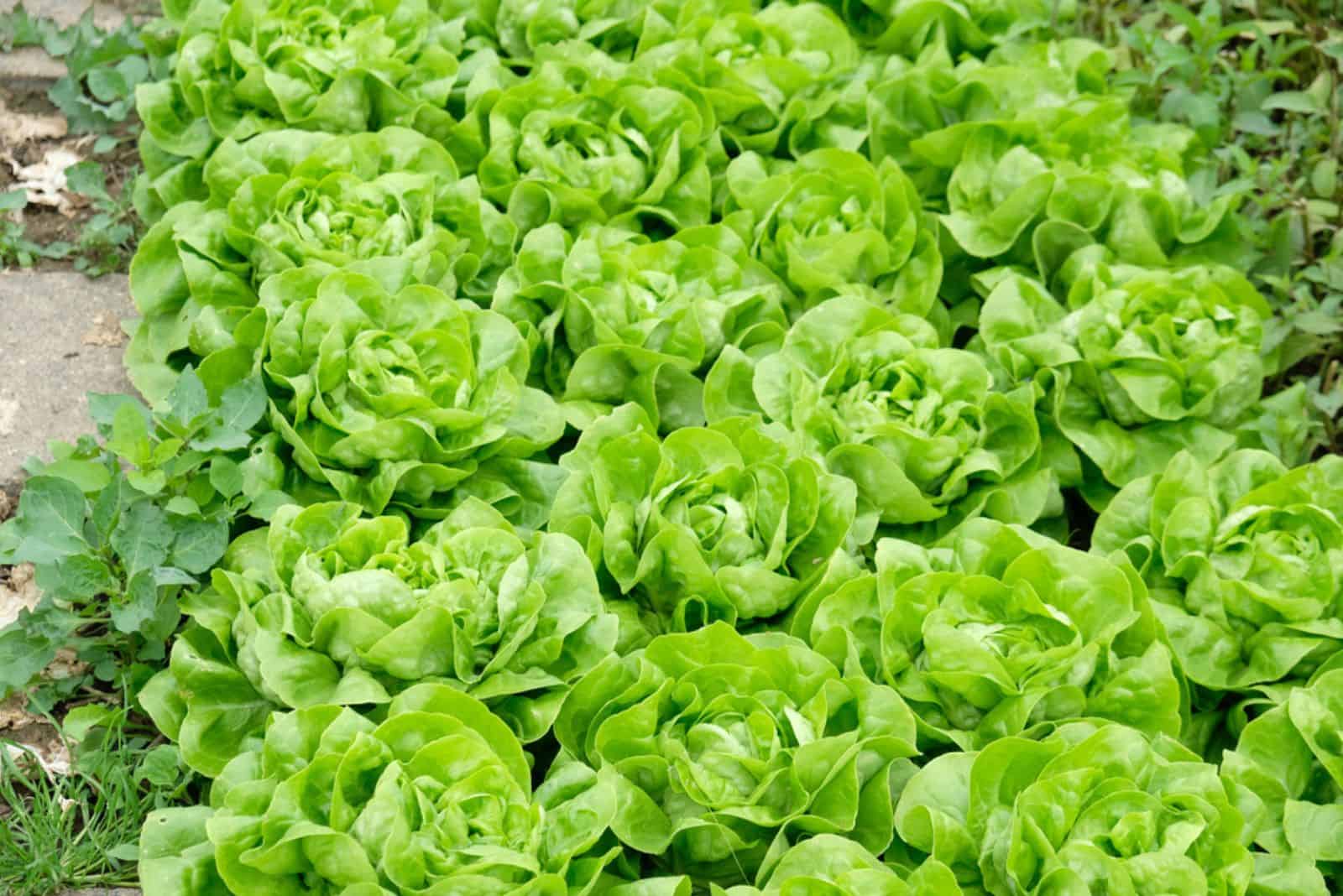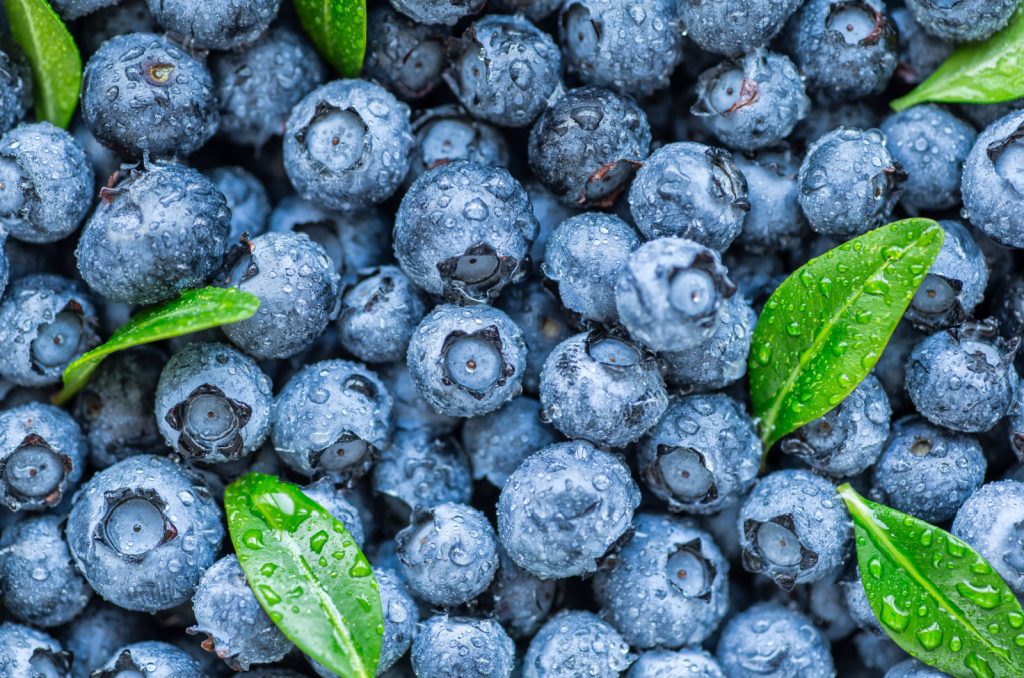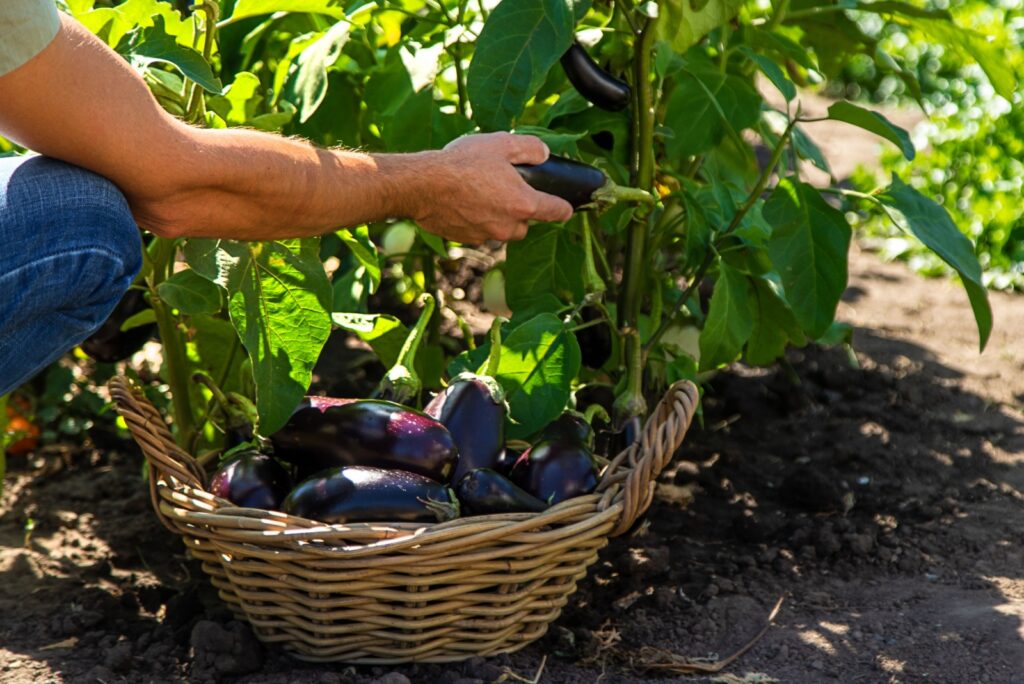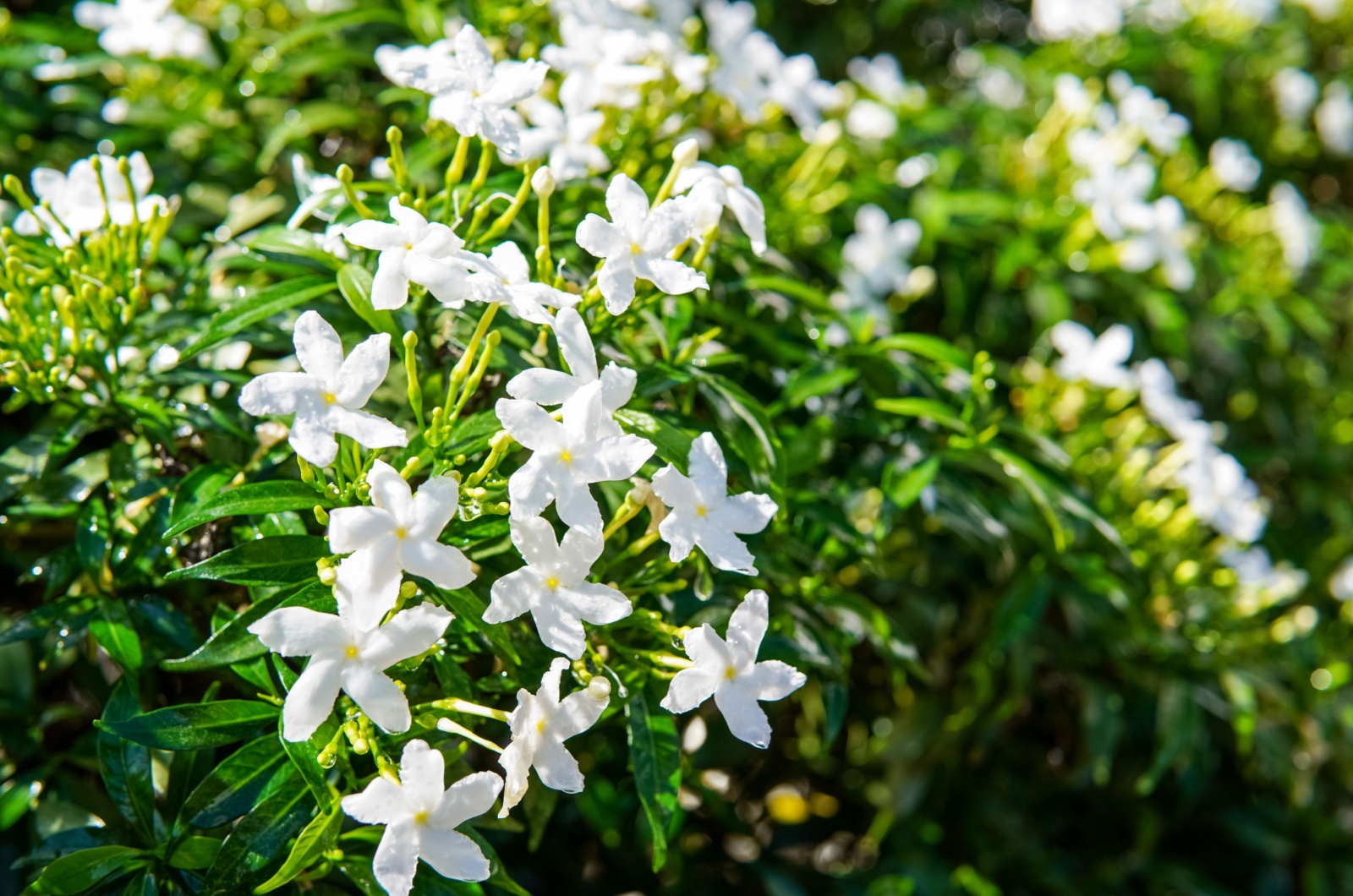There’s nothing gardeners love more than a lush and thriving garden, but it takes time and patience to achieve. If you lack both of these, you need to pay attention to which plants you choose for your garden because some can end up being more trouble than they’re worth.
To help you out, I made this list of 8 high-maintenance plants to avoid, along with some alternatives with lower care requirements.
Let’s dive right in!
1. Gardenia
Everyone loves the enchanting white and yellow blossoms of gardenias. The fragrance captivates growers and they frequently want to make these plants a part of their scented garden.
But, don’t let the appearance of gardenias fool you. If you’re a beginner gardener, this may not be the best choice for you. One wrong step and gardenias can die back.
Growing Conditions
So, what do gardenias need to thrive and what can go wrong? The first thing to discuss is the temperature range during the day and night.
For a healthy gardenia, daytime temperatures should range from 68 to 74 degrees Fahrenheit. Temperatures during the night should always be above 50 degrees.
This plant is very susceptible to temperature fluctuations and if it experiences any, it most likely won’t generate flower buds.
Gardenias also enjoy higher humidity levels and their soil must be constantly moist. However, you should never overwater it because it leads to rotting. On the other hand, you should never allow the soil to dry out entirely because gardenias aren’t drought-tolerant!
Never relocate a gardenia because it most likely won’t recover from transplant shock. Plant it in the fall if you live in a warm climate, and in the spring if you live in a colder zone, to allow it to establish well until winter.
Alternatives
Growing gardenias outdoors is challenging but there’s a great hack. Plant them in a container!
This fantastic gardening method allows us to manipulate growing conditions in terms of light, soil, humidity, and temperature.
If you live in a colder zone, i.e., below 7, simply take your potted gardenia indoors during the cold winter months. As soon as spring arrives and temperatures increase, you can bring your gardenia back outdoors.
Some of the cultivars that perform well in containers are August Beauty, Mystery, and Variegata.
2. Roses
These are definitely the most popular flowering plants in the world. Roses come in various sizes, shapes, and colors, so there’s a rose for every garden design.
But all rose parents know these plants can be fussy over growing conditions.
Growing Conditions
If you decide on cultivating roses, you’ll have to regularly inspect for pests and diseases.
These plants are very susceptible to blackspot fungus and the only way to treat this disease is by applying fungicide.
Downy mildew, powdery mildew, and botrytis blight are also common in roses and destroy canes and foliage. If not spotted and treated on time, your roses could die back.
Alternatives
The good news is that you don’t need to give up on roses completely. Some varieties are hardy and have a high resistance to diseases.
Old garden roses and shrub roses are the easiest varieties to maintain. You can choose Flower carpet varieties if you need a plant for ground cover.
Knock out roses are perfect for landscaping and very easy to grow.
There are also some varieties of climbing roses, such as Lady of Shalott, that won’t take much of your time and can be grown in USDA hardiness zones 5-10.
3. Celery
This popular vegetable is frequently used in salads and sauces, but if you want homegrown celery, think twice because this is one of the most demanding crops to maintain.
What Can Go Wrong?
So, what exactly makes celery so hard to maintain? Let’s start with the seeds. Gardeners don’t recommend growing celery from transplants because they most likely won’t survive.
The best option is to start it from seeds but they still take a lot of time to germinate and, when the seedlings emerge, you need to ensure 16 hours of light per day.
This plant is also fussy over soil temperature. The lowest daytime temperature for celery must be at least 50 degrees Fahrenheit, and nighttime temperatures must be above 40 degrees.
The perfect surrounding temperature for this crop is around 70 degrees Fahrenheit. If you can’t ensure this temperature, your celery will most likely bolt. Bolting causes celery stalks to become tough and even cooking them won’t change this texture.
Many celery varieties require blanching, which refers to piling up soil using different materials such as cardboard tubes or collars.
This method can help you remove stalk bitterness and also prevent it from performing photosynthesis.
Grow Self-Blanching Cultivars
You can make your celery easier to grow if you go with self-blanching varieties. Some of the best varieties include Blush, Golden Self-Blanching, and Tall Utah.
You can also grow celery roots or celeriac as an alternative because they are much easier to maintain.
One more tip is to add some companions to your celery to avoid issues such as pests.
4. Cauliflower
This Brassica veggie consists of densely bunched florets joined to a thick core. Cauliflower is a tasty and nutritious veggie used in many recipes.
However, if you want to add it to your garden, you should know that its demands are way higher than those of other members of the Brassicaceae family.
High Care Requirements
Although many gardeners claim that bolting is the biggest issue with this veggie, I strongly disagree.
Temperature fluctuations cause this vegetable to stop growing and the heads to remain very small. This occurs in the 4th cauliflower growth stage. Growers refer to it as buttoning and the main problem is that it can’t be fixed.
If the soil is too alkaline, your cauliflower will suffer from boron deficiency and the curds will become discolored, so you’ll most likely need to test soil pH and supplement it with sulfur.
Another problem is that if your cauliflower receives too much sun, the heads will become loose and turn yellow. In this case, growers take the large leaves and use them to cover the heads for protection.
Pests such as cabbage worms, thrips, and aphids also like cauliflower, so if you grow this veggie you can expect these nuisances to appear.
Alternatives
You can still have cauliflower in your garden by choosing the right varieties. Summer and mini cauliflowers are excellent alternatives to classic plants.
If you start summer varieties in late winter, you can expect mature heads in 5 months.
Mini varieties should be planted densely and picked when they are the size of a tennis ball. These varieties are less susceptible to the issues we previously discussed.
I recommend varieties such as Candid Charm, Nessie, and Nautilus.
5. Melons
Sweet, juicy melons are classic summer fruit and they look amazing in gardens when they are ready for harvest. But, there’s a long way from planting to harvest and many things can go wrong.
So, if you’ve been thinking about adding melons to your garden, I would like to show you why it would be a good idea to reconsider.
Common Problems
The biggest problems with melons are too many flowers but no fruit, misshapen or bitter fruit, and not enough fruit per plant.
What causes these issues? Let’s start with the problem of no fruit. These plants have male and female flowers, and males mature first and fall off the plant. Female flowers need to be pollinated a couple of times, so having a lot of pollinators in the garden is the main prerequisite.
If your garden lacks pollinators, and there are heavy rains and wind in your area, pollination will fail.
Temperature stress causes melon to taste bitter, so you need to apply mulch and keep the soil moist.
If you plant your melons too close to each other, there will be fewer fruit. The same will happen if you plant them too far away from each other because it will cause poor pollination.
To make things even worse, this fruit is susceptible to many pests and diseases.
Alternatives
Can you still have melons in your garden? Yes, but you’ll need to go with cantaloupe varieties. Bear in mind that they require cultivation in a cold frame and the seeds are pretty pricey.
Grafted varieties are a suitable option that show better resilience to pests and diseases, but they also cost a lot. So, if you don’t want to spend a lot of money, melons may not be a good choice for your garden.
6. Head Lettuce
This is the last plant on our list and I believe many may be surprised to see it here. Generally speaking, leafy lettuce isn’t hard to maintain.
However, things get complicated when you want your lettuce to form heads. Let’s find out more!
What Can Go Wrong?
The main problem when growing head lettuce is the weather. These plants can’t withstand prolonged periods with high temperatures. It will cause them to bolt to seeds and your lettuce will taste bitter.
Too much exposure to full sun triggers the plant to focus its energy on flower production. As a result, your lettuce goes to seed.
Alternatives
The easiest way to avoid these problems with head lettuce is to choose heat-tolerant varieties.
Luckily, there are many of these varieties readily available on the market. I recommend Bergam’s Green, Tropicana, and Green Forest.
7. Blueberries
Blueberries are delicious, packed with antioxidants, and a favorite among gardeners who want to grow their own fruit. However, if you think you can just plant them and forget about them, you’re in for a surprise.
Growing Conditions
Blueberries are extremely fussy about soil pH. They require an acidic environment with a pH level between 4.5 and 5.5, which can be challenging to maintain. If the soil is too alkaline, your blueberries will struggle to absorb essential nutrients, leading to weak growth and poor fruit production.
These plants also demand consistently moist soil, but they’re prone to root rot if overwatered. Additionally, blueberries have shallow roots, making them highly sensitive to drought and heat stress.
Another major challenge is pollination. Blueberry plants yield better when multiple varieties are grown together to ensure cross-pollination. If you only plant one variety, you may end up with poor fruit production.
Birds also love blueberries, so you’ll need to take extra steps, like using netting, to protect your harvest.
Alternatives
If you love berries but don’t want to deal with high-maintenance plants, consider growing blackberries or raspberries. These berries are much more forgiving when it comes to soil conditions and require less intervention.
For a low-maintenance blueberry alternative, try honeyberries (Lonicera caerulea). They look and taste similar to blueberries but tolerate a wider range of soil conditions and don’t require such precise pH adjustments.
8. Eggplant
Eggplant is a staple in many cuisines, but it’s one of the trickiest vegetables to grow successfully. If you’re a beginner gardener, you may want to think twice before adding it to your vegetable patch.
High Care Requirements
Eggplants require a long, warm growing season, thriving in temperatures between 70-85°F. They’re highly sensitive to cold and will stop growing if temperatures drop below 50°F.
One of the biggest challenges with eggplant is pest management. These plants are magnets for flea beetles, which chew tiny holes in the leaves and can quickly destroy young plants. Aphids and spider mites are also common pests that can weaken the plant and reduce yield.
Eggplants also need well-draining soil rich in organic matter. If the soil is too heavy or retains too much moisture, the plant’s roots will struggle, leading to stunted growth and poor fruit production.
Like tomatoes and peppers, eggplants are prone to blossom-end rot, which occurs when calcium uptake is disrupted due to inconsistent watering. If you don’t maintain proper soil moisture levels, you may end up with deformed or rotting fruit.
Alternatives
If you love eggplants but want an easier option, try growing Asian eggplant varieties such as Ping Tung Long or Ichiban. These tend to be more resilient and produce fruit faster than traditional globe eggplants.
Alternatively, zucchini or summer squash can be a great substitute in recipes that call for eggplant. They’re much easier to grow, less prone to pest problems, and produce an abundant harvest with minimal care.
Is It Really Worth It?
Many experienced growers will tell you that growing plants is highly rewarding regardless of the species. This is true, but beginner growers may struggle to grow certain plants so it’s better to select highly adaptable varieties that don’t require constant maintenance.
You’ve seen some high-maintenance plants and if you really want to add them to your garden, consider the alternatives I showed you. This will make your gardening experience more pleasant and you’ll still have an abundance of blossoms and a great fruit or veggie yield.

